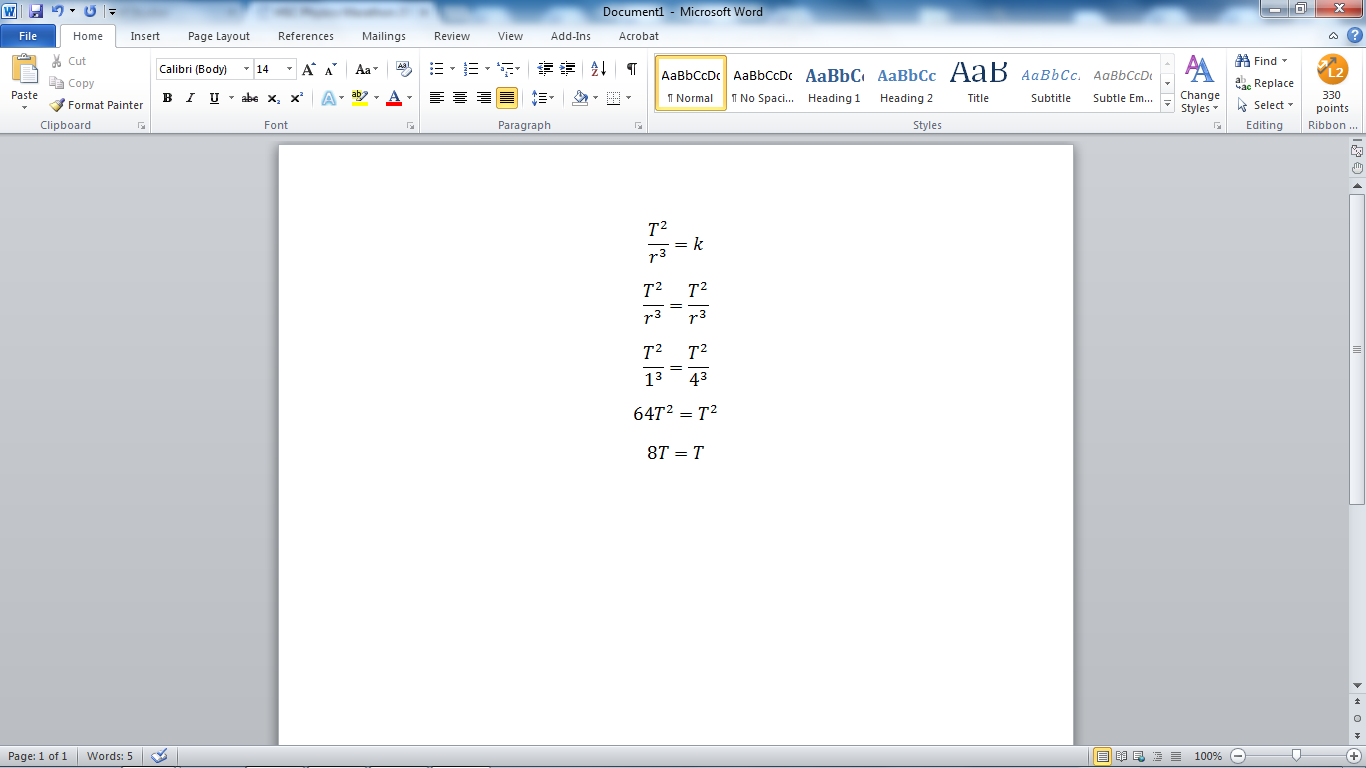Zeref
Stare into my eyes.
- Joined
- May 6, 2012
- Messages
- 710
- Gender
- Male
- HSC
- 2014
Re: HSC Physics Marathon 2014
Oh I see.......Zeref, that is because when you consider it from the perspective of delta y, you are considering the entire time (the time taken to reach ground) however, when you consider it from the perspective of delta x, you only consider the time taken for the ball to be directly above the net (at exactly 12.2m) that's why if you work it out from delta y, I got a time of 0.357973 sec, which is longer than the 0.27286s time achieved by using delta x. Does that make sense?
And so by using the delta x equation, you can get the time taken to get directly above the net and use this in your calculations to find the delta y at this exact point. Does that make sense?
(At least this is what I think)






